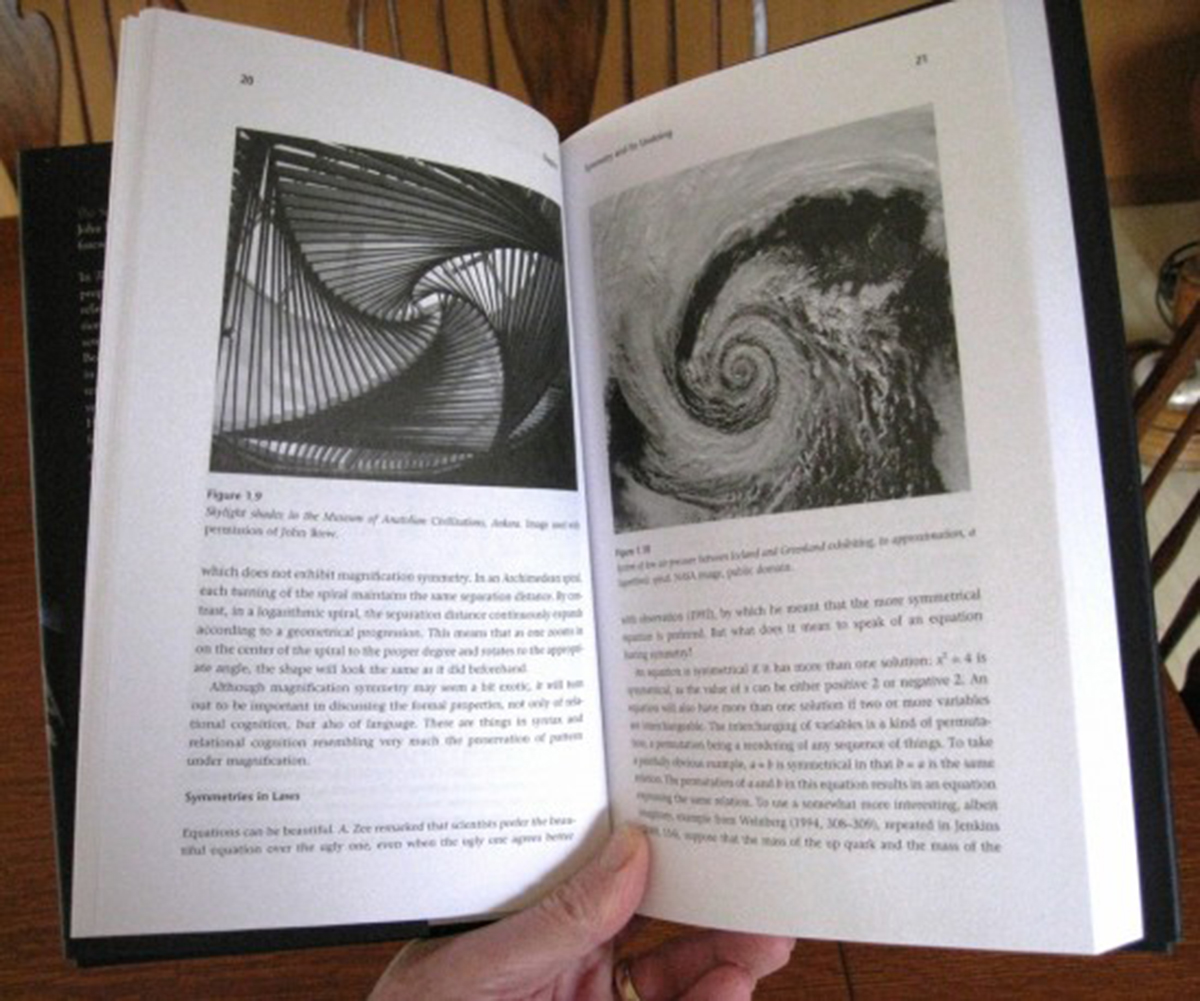In May of 2013 the American Psychiatric Association will release its fifth edition of its Diagnostic and Statistical Manual of the Mental Disorders, the DSM-5, replacing the current DSM-IV, right down to its Roman numerals. The Diagnostic and Statistical Manual provides a common language and a standard for diagnosing psychiatric disorders that is used by members of the American Psychiatric Association, US insurance companies, pharmaceutical manufacturers of drugs used in the United States, other mental health professionals in the United States, and to a lesser extent by their counterparts throughout the world.

Psychiatry, of course, is big business. The inclusion or exclusion of symptoms for the diagnosis of a mental health condition, or the inclusion or exclusion of the mental health condition itself, have enormous implications. Drug companies can earn or lose tens or even hundreds of millions of dollars on the basis of the DSM, and patients can gain or lose insurance coverage when changes are made to the DSM.
Critics of the recent editions of the DSM have numerous complaints. Among objections to this Diagnostic and Statistical Manual these surface again and again:
- The diagnostic criteria codified in the DSM are based on superficial behaviors.
- The distinctions between illness and normality are artificial.
- There is obvious cultural bias in the DSM, that is, it has been written from an American, white, male perspective (and undoubtedly the first three editions of the DSM were).
- Trivial mental health disorders are included and imported mental health disorders are left out.
In light of recent events in the US, the inclusion or exclusion of certain mental health disorders will become very controversial next year, as will be explained later in this article.
How Do Mental Health Professionals Use the DSM?
If you were to glance through any edition of the DSM, you would see a collection of checklists. Each checklist presents a series of symptoms. A patient might have to display some or all of the elements in a checklist to be diagnosed with the condition.
For example, a person displaying "odd" but not "dramatic" behavior might be diagnosed with a paranoid personality disorder if he or she displays a pervasive distrust of others and four or more of the following seven characteristics:
1. Unjustified belief that others are harming or exploiting him or her.
2. Preoccupation with the trustworthiness of friends or associates.
3. Reluctance to confide in others due to fear information will be used malevolently.
4. Reading hidden, threatening meanings into innocuous remarks.
5. Bearing grudges.
6. Reacting to slights or hurts not perceived by others.
7. Recurrent, unjustified, doubts or fears about spouse or sexual partner.
Four or more of these symptoms justifies, but does not require, a diagnosis of paranoid personality disorder. If a person displays just three of these symptoms, a psychiatrist may still offer treatment, but there would likely not be a diagnosis of paranoid personality disorder.
Professional judgment is still key
The American Psychiatric Association, as you might expect explicitly states that the DSM is not be used in a "cookbook" fashion. The DSM is not intended to replace professional judgment. It is a "shorthand" for psychiatrists and other mental health professionals. Changing the shorthand, however, can lead to tremendous controversy outside the psychiatric profession.
Unpopular Changes In Mental Health Diagnoses
The tragic shootings of 20 schoolchildren and six of their teachers at the Sandy Point Elementary School in Newtown, Connecticut, has refocused the attention of much of the American public on mental health care. The assailant had been diagnosed with Asperger's syndrome, a psychiatric illness similar to autism. Along with the calls for changes in gun control laws, many Americans are calling for better access to treatment for Asperger's.

In 2013, however, there will be no approved treatment for Asperger's syndrome, because in the DSM-5, the condition ceases to exist.
Asperger's Syndrome No Longer To Be Disease
Asperger's syndrome will be included in a broader diagnostic category to be called autistic spectrum disorder. No one would get psychiatric treatment for Asperger's syndrome. Nor would Asperger's syndrome treatment continue to be covered by insurance. Government programs that help parents of children who have Asperger's would also be discontinued.
But if someone who has Asperger's is re-diagnosed as having a mild, moderate, or severe form of autistic spectrum disorder, there wouldn't be any problems, right?
The question is whether such a person would be diagnosed with an autistic spectrum disorder, since the new category requires:
"Deficits in social-emotional reciprocity; failure to have a back and forth conversation."
Most people who have Aspberger's can hold conversations, and so would not be diagnosed on the autistic spectrum. If they did not get some other psychiatric diagnosis, and maybe even if they did, insurance coverage and government help would cease.
Asperger's is not the only controversial change in the next edition of the Diagnostic and Statistical Manual.
Substance Abuse Disappears as a Disease Category, Too
Substance abuse and substance dependency have been combined into a single diagnostic category, requiring two or three symptoms for a diagnose rather than a single symptom, such as physical addiction.
The upcoming DSM-5 will limit diagnosis of ADHD to children under the age of 12, but it will make it easier to diagnose a child as having oppositional defiance disorder. It will replace the diagnosis of bipolar disorder in children with a new category called "temper dysregulation disorder." It will allow for a diagnosis of depression within the first two months after the death of a spouse or loved one (replacing the older diagnosis of "grief"), and it will no longer stigmatize shamans, witches, and Pentecostal ministers as having a dissociative personality disorder. The old categories of paranoid schizophrenia and catatonic schizophrenia will disappear, and the term "borderline personality disorder" is being replaced with the designation "BPD."
The new DSM-5 will even add a diagnostic category called "hypersexuality disorder." On the other hand, the American Psychiatric Association rejected a new category called "attenuated psychosis syndrome," which might have allowed for preventive treatment of persons such as the shooters in Tucson, Denver, and Newtown, had they been identified soon enough.
Changes to the DSM have been debated and protested for over 5 years, and disagreement is sure to continue. If you or your family's ongoing medical care depends on a DSM-IV diagosis, however, be sure to consult your mental healthcare provider well in advance of May 2013 to make sure you get continuing support.
- Pulman A, Taylor J. Munchausen by internet: current research and future directions. J Med Internet Res. 2012 Aug 22. 14(4):e115. doi: 10.2196/jmir.2011
- Wakefield J, First M. Fallacious reasoning in the argument to eliminate the major depression bereavement exclusion in DSM-5. World Psychiatry. 2012 Oct.11(3):203
- Photo courtesy of J Brew by Flickr : www.flickr.com/photos/brewbooks/6405758005/
- Photo courtesy of GollyGforce by Flickr : www.flickr.com/photos/see-through-the-eye-of-g/4312147931/


Your thoughts on this